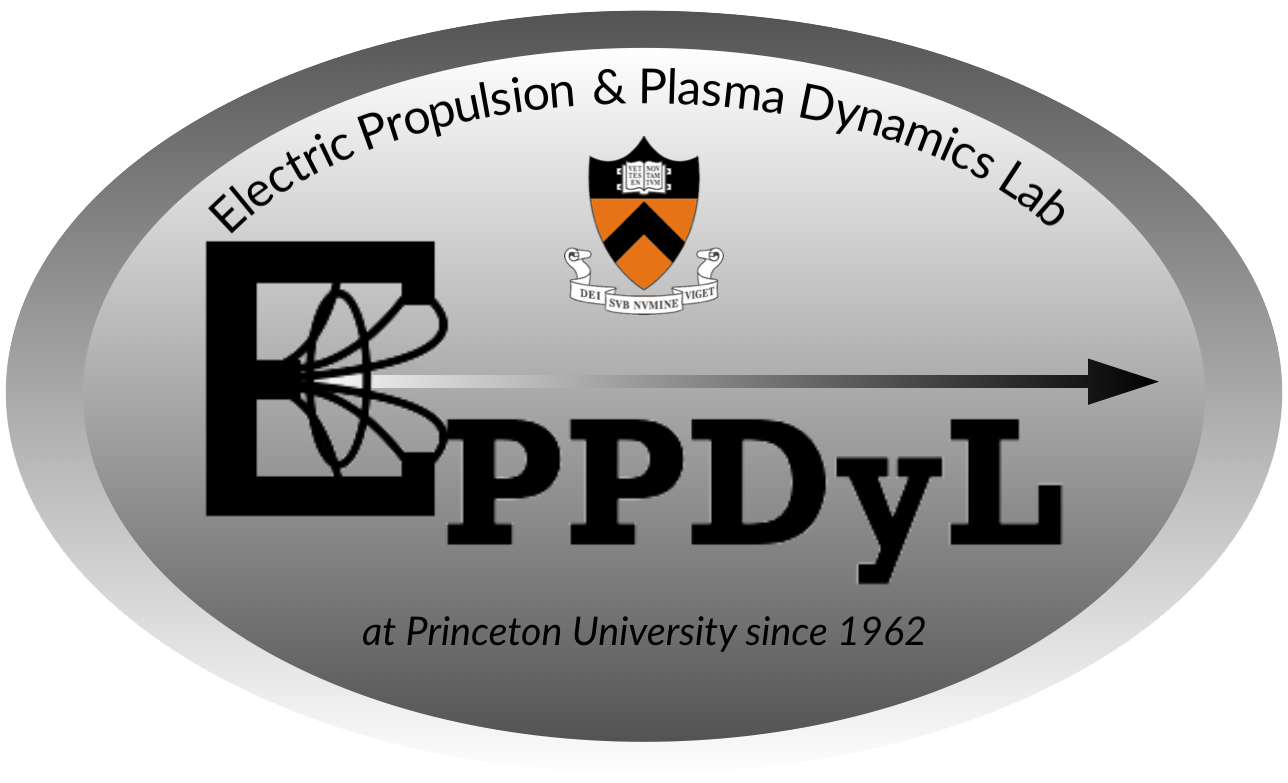The Direct Wave-Drive Thruster
Download
The Direct Wave-Drive Thruster
Abstract
A propulsion concept relying on the direct, steady-state acceleration of a plasma by an inductive wave-launching antenna is presented. By operating inductively in steady state, a Direct Wave-Drive Thruster avoids drawbacks associated with electrode erosion and pulsed acceleration. The generalized relations for the scaling of thrust and efficiency with the antenna current are derived analytically; thrust is shown to scale with current squared, and efficiency is shown to increase with increasing current or power. Two specific configurations are modeled to determine nondimensional parameters governing the antenna-plasma coupling: an annular antenna pushing against a finite-conductivity plasma, and a linear antenna targeting the magnetosonic wave. Calculations from the model show that total thrust improves for increasing excitation frequencies, wavenumbers, plasma densities, and device sizes.
To demonstrate the magnetosonic wave as an ideal candidate to drive a DWDT, it is shown to be capable of carrying substantial momentum and able to drive a variable specific impulse. The magnetosonic wave-driven mass flow is compared to mass transport due to thermal effects and cross-field diffusion in order to derive critical power requirements that ensure the thruster channel is dominated by wave dynamics.
A proof-of-concept experiment is constructed that consists of a separate plasma source, a confining magnetic field, and a wave-launching antenna. The scaling of the increase of exhaust velocity is analytically modeled and is dependent on a nondimensional characteristic wavenumber that is proportional to the excitation frequency and plasma density and inversely proportional to the magnetic field strength. Experimental validation of the derived scaling behavior is carried out using a Mach probe to measure the flow velocity in the plume. Increases in exhaust velocity are measured as the antenna current increases for varying excitation frequencies and applied magnetic field strengths. The scaling of the increase in exhaust velocity is observed to be consistent with our model’s predictions.
